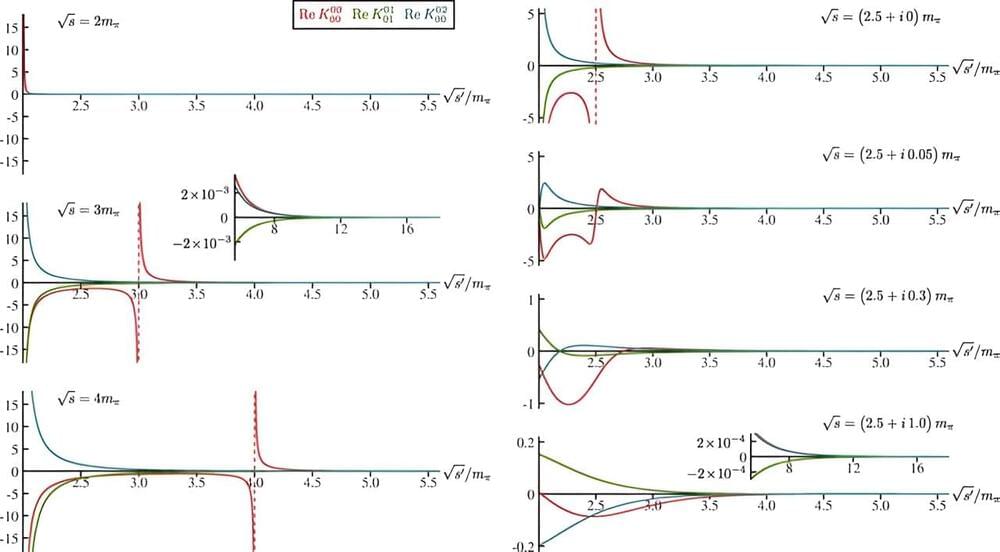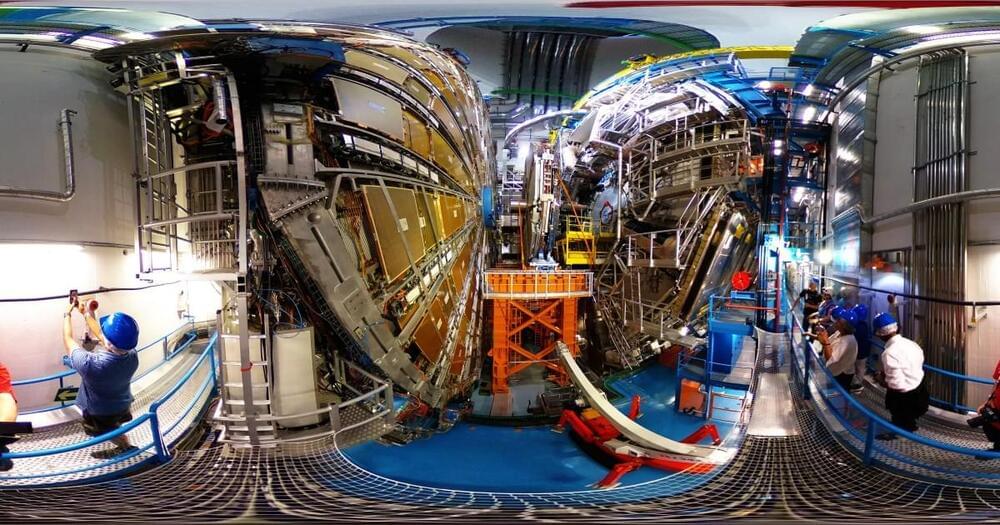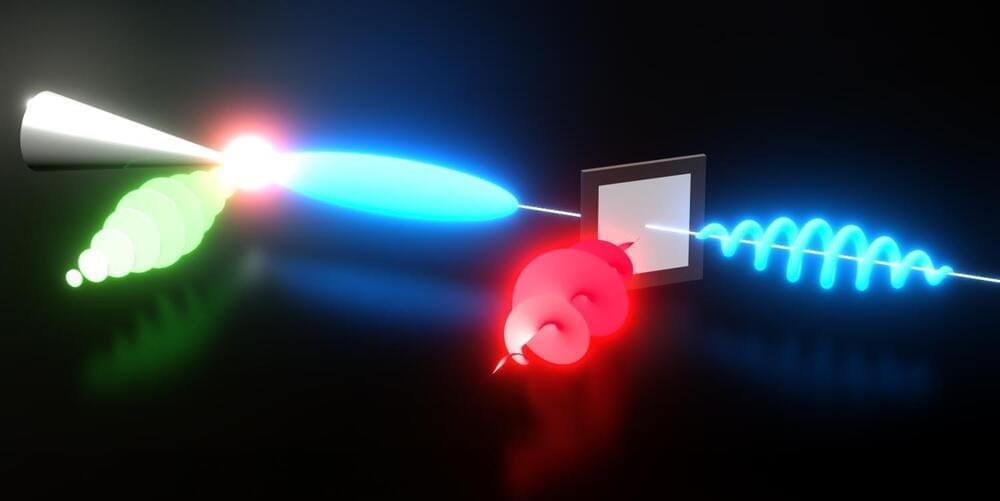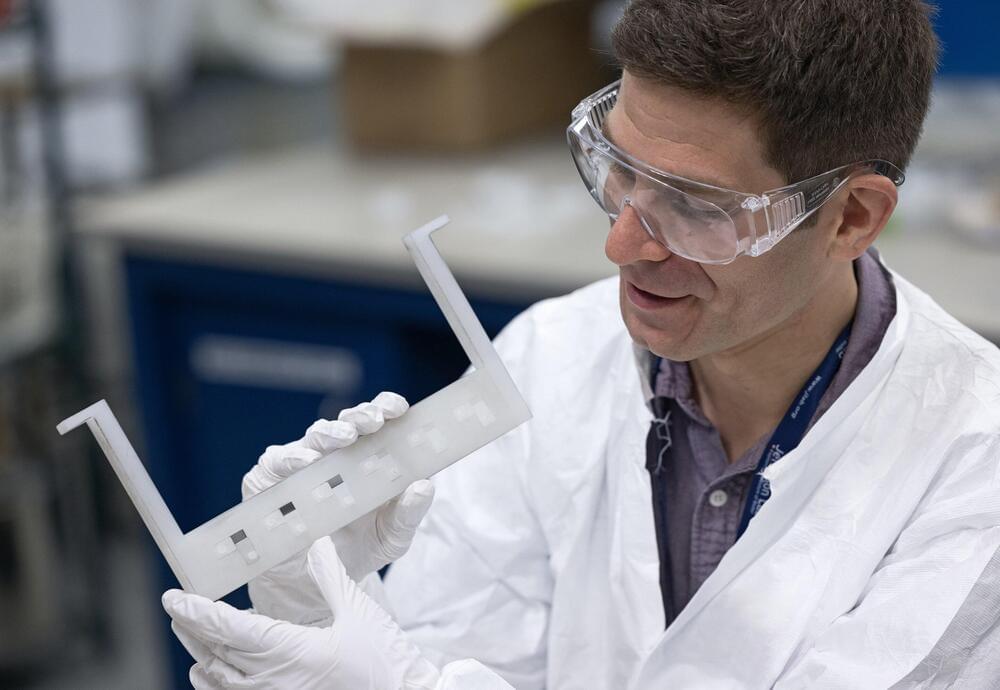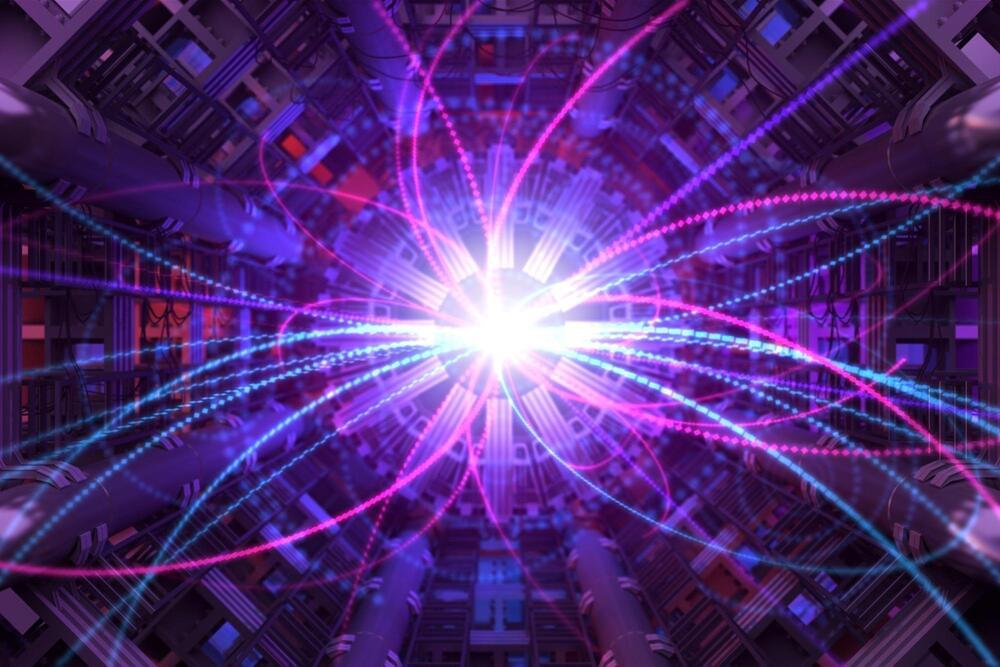In a study published recently in Physical Review Letters, researchers unveiled a new type of quantum sensor that they report leverages quantum entanglement to perform detections that, note the quote marks, “travel back in time”. The researchers add the findings could — one day — lead to novel quantum sensors that are ideally suited for astronomical detection and magnetic field investigations.
The study, led by Kater Murch, Charles M. Hohenberg Professor of Physics and Director of the Center for Quantum Leaps at Washington University in St. Louis, introduces a sensor that can probe past events in complex systems. The team, which also included scientists from the National Institute of Standards and Technology (NIST) and the University of Cambridge, described the innovation in the press release as a bit like “sending a telescope back in time to capture a shooting star that you saw out of the corner of your eye.”
The sensor operates by entangling two quantum particles in a quantum singlet state, where their spins point in opposite directions. The process begins with one particle, the “probe,” being subjected to a magnetic field that causes it to rotate. The key breakthrough comes when the second particle, the “ancilla,” is measured. This measurement effectively sends its quantum state back in time to the probe, allowing researchers to optimally set the spin direction of the probe qubit in what Murch refers to as hindsight.
